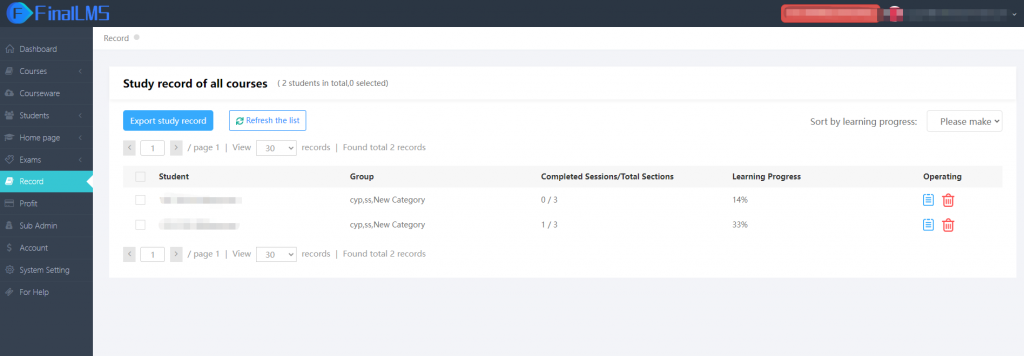Businesses and organizations often hold employee training aimed at improving job performance, which can lead to positive benefits for the company. However, if employees’ performance in the actual workplace does not improve, companies need to consider whether the training is ineffective or whether other factors are at play. The following will look at how to assess the effectiveness of training and some possible ways to do so.
Identifying appropriate evaluation indicators
The first step in evaluating the effectiveness of training is to select appropriate quantitative metrics. These metrics should be linked to the specific objectives of the training, such as improving sales performance of salespeople, increasing efficiency of functions, reducing error rates, etc. These objectives should be measurable, but also need to take into account external factors that may affect these metrics. In the case of sales performance, for example, in addition to training, it may also be affected by factors such as the market environment, company policies, etc., so these factors need to be carefully considered.
Fully understand the training data
Final LMS can help obtain multi-dimensional data from it. These data include the courses that employees study, the progress of learning, learning details, and so on. By analyzing this data, companies can gain insights into the training progress and performance of their employees, identify which courses need to be improved, and thus evaluate the effectiveness of training more comprehensively.

A System for Evaluating Job Performance
The key to quantifying the effectiveness of employee training is to create a system related to job performance. Different positions may require different tools to assess performance, such as CRM systems, traffic analysis tools, etc. Also, by utilizing Final LMS to complete the appropriate tests, you can get a clearer picture of the impact of training on employee performance by comparing the results of training to job performance.

Whether it saves time and money
If the goal of training is to save time and money, then it needs to be assessed whether the training has enabled employees to work more efficiently, thus saving the company time and money. This can be determined by measuring the employee’s performance on the same task before and after the training and multiplying the time saved by the employee’s average salary to calculate the savings.
Whether it increases sales revenue
If the goal of the training is to increase sales revenue, the effectiveness of the training can be evaluated by calculating the average sales of the employees. Comparing the average sales of employees before and after training can determine if the training positively impacted sales figures.
Whether there is better accuracy and quality
For some businesses, improving product quality may be the main goal of training. In this case, measuring the effectiveness of the training can be done by reducing the error rate. For example, if employees made an average of 15 incorrect products per day before training and the error rate dropped after training, then the training could be considered effective.
Before establishing an in-house training program, it is important for a company to define the methods of measuring the effectiveness of the training. This will ensure that training programs are developed that will have a positive impact on the company. By analyzing training data and evaluating job performance, companies can get a more accurate picture of the effectiveness of training. An integrated online training system can provide companies with convenient data reports, making the evaluation of training effectiveness more accurate and convenient.
In short, organizations need to consider a variety of factors to assess the effectiveness of training, including employee performance data, job performance tools, and metrics related to training objectives. This ensures that the investment in training generates real returns and contributes to the development of the organization.
